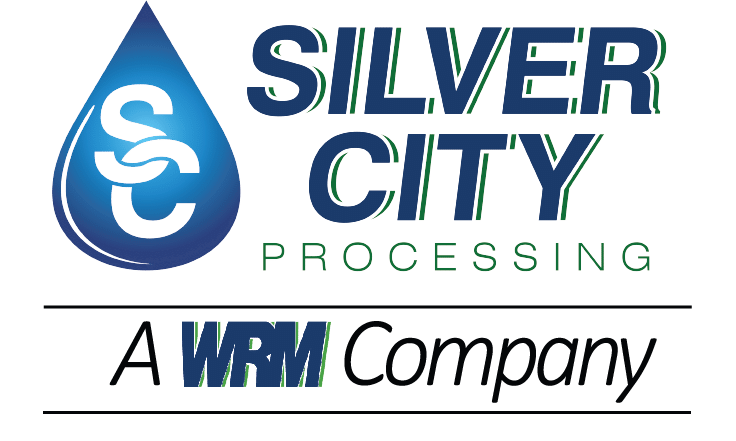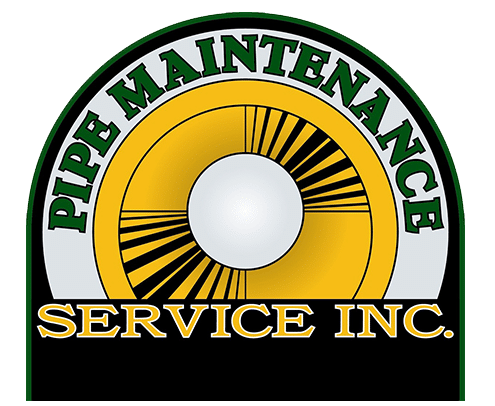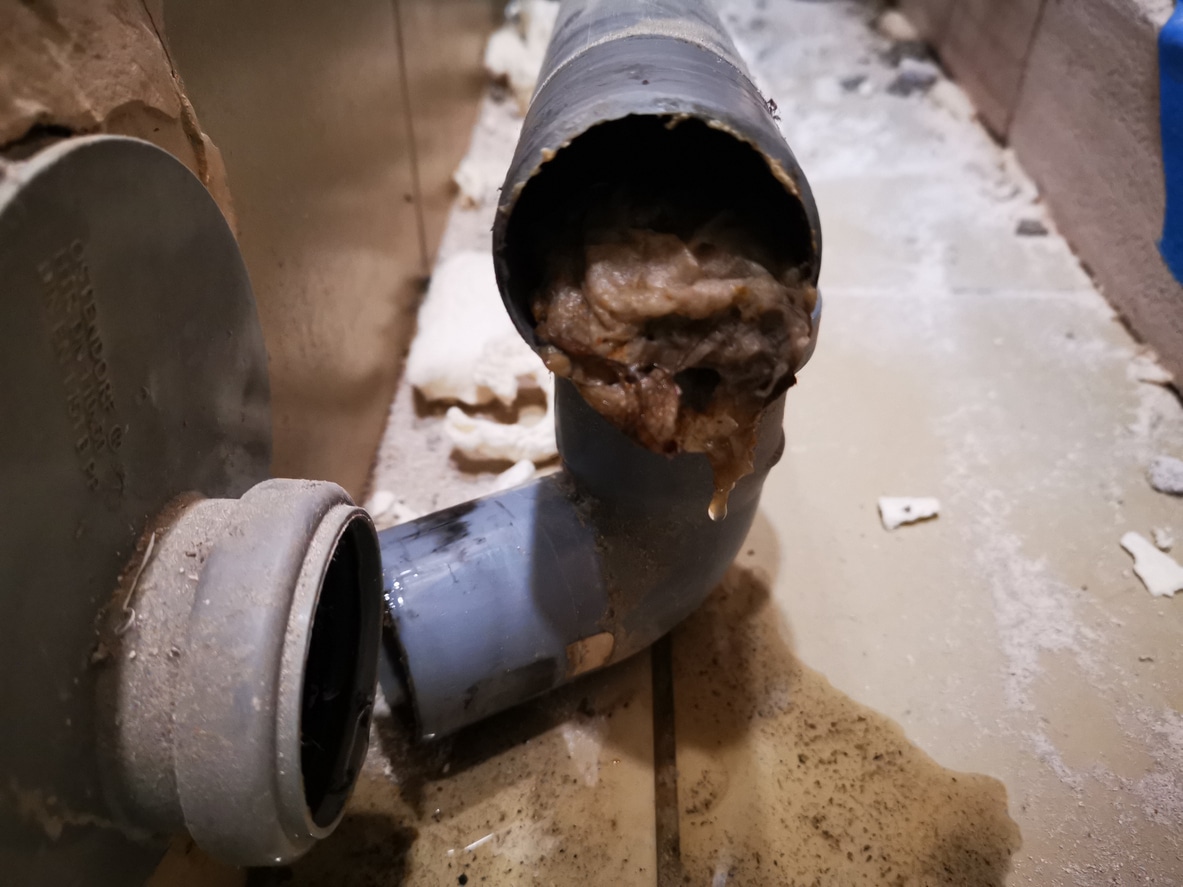Lint buildup in laundry facilities is a hidden danger that often goes unnoticed. It’s a silent threat that can disrupt operations, compromise safety, and lead to costly repairs.
But what exactly is this danger? And why should maintenance supervisors be concerned?
Lint, the fluffy stuff that accumulates in your dryer, can cause serious problems in large-scale laundry operations. It can clog wastewater systems, leading to backups and overflows.
Moreover, lint is highly flammable. If not properly managed, it can pose a significant fire hazard.
This article aims to shed light on the dangers of lint buildup. It will provide practical examples and clear explanations to help maintenance teams understand the importance of regular lint interceptor pumping and maintenance.
Understanding Lint Buildup in Laundry Facilities
Lint is a common byproduct of laundry processes. In large-scale operations, its accumulation can become a formidable challenge. As clothes spin and tumble, lint particles are released and can end up clogging drains and pipes.
Laundry facilities are particularly prone to lint buildup due to their high volume of laundry processed daily. These operations often produce substantial lint, which can tax wastewater systems without proper management.
Moreover, lint accumulation doesn’t just occur in dryers. It collects in pipes, lint traps, and interceptors, causing hidden blockages. Left unchecked, these blockages can escalate into significant problems, disrupting the entire wastewater management system.
This buildup impacts not only efficiency but safety. Clogged systems increase the risk of overflows, which can lead to hazardous working conditions. By understanding how lint accumulates and where it poses the most significant threat, maintenance teams can take proactive steps to mitigate these risks.
Thus, recognizing the nature and spread of lint is pivotal for implementing effective management strategies in laundry facilities, ensuring smooth operations and safety compliance.
The Risks of Ignoring Lint Buildup
Ignoring lint buildup can have severe consequences. One immediate risk is operational downtime. Blocked lines can halt laundry processes, leading to delays and lost productivity.
There’s also a financial aspect to consider. Repairs from overflow or pipe damage due to neglected lint buildup can be costly. Maintenance supervisors must weigh the expense of emergency repairs against regular maintenance, which is often much cheaper.
Beyond financial implications, safety concerns should be at the forefront. Accumulated lint is not just a clogging hazard; it is highly flammable, posing a fire risk. Facilities failing to address lint management run the risk of dangerous fires.
Lastly, there’s the question of compliance. Failure to maintain systems can result in violations of environmental and safety regulations, potentially leading to fines. Therefore, neglecting lint buildup risks both operational efficiency and facility safety.
The Importance of Regular Lint Interceptor Pumping
Regular lint interceptor pumping is crucial for smooth laundry facility operations. Neglected interceptors can quickly become clogged, leading to costly blockages. Frequent pumping ensures systems function optimally, preventing disruptive overflows.
Consider these benefits of regular pumping:
- Prevents Blockages: Continuous lint removal keeps water flowing smoothly.
- Reduces Repair Costs: Timely maintenance minimizes expensive emergency interventions.
- Enhances Efficiency: Regular upkeep ensures laundry operations remain uninterrupted.
Moreover, consistent pumping is pivotal for maintaining facility safety. By keeping lint accumulations in check, you reduce fire hazards, creating a safer work environment. It’s an integral part of a broader maintenance strategy that safeguards the facility’s operational continuity and safety.
In addition, compliance with environmental regulations becomes seamless with regular pumping. It demonstrates commitment to responsible waste management, which is essential for meeting legal and industry standards.
How Lint Affects Wastewater Systems and Lift Stations
Lint can wreak havoc on wastewater systems. As it accumulates, it forms dense clogs, blocking pipes and impeding flow. These obstructions result in backups, posing a threat to the integrity of the entire system.
Wastewater systems rely on free-flowing drains to operate efficiently. When lint collects, it forces these systems into overdrive, increasing wear and tear. This excessive strain can lead to premature component failure and the need for costly repairs.
Lift stations, essential to moving wastewater from lower to higher elevations, are particularly vulnerable. They rely on pumps that can be easily clogged by lint, reducing their efficiency. The blockage of lift stations can result in system overflows and potential environmental hazards.
Regular maintenance of lint interceptors and systems, including routine cleaning and pumping, helps mitigate these issues. By managing lint effectively, facilities can ensure their wastewater and lift station systems run efficiently and safely.
Best Practices for Lint Management
Effective lint management is vital for maintaining a productive laundry facility. Implementing best practices ensures that systems remain free of blockages and operate smoothly. A well-thought-out strategy minimizes the risks associated with lint buildup.
To achieve effective lint management, consider the following:
- Regular Inspections: Conduct frequent checks to identify early signs of lint accumulation.
- Scheduled Pumping: Adhere to a defined schedule for lint interceptor pumping.
- Utilize Filters: Install efficient lint filters and traps to capture lint before it enters wastewater systems.
- Staff Education: Train staff about lint buildup risks and maintenance procedures.
These practices form the backbone of a robust management plan. Routine inspections help identify issues before they escalate, saving both time and resources. Using advanced filters can drastically reduce lint entering wastewater systems, enhancing overall efficiency.
Furthermore, staff awareness plays a crucial role. Ensuring they understand the importance of maintenance encourages proactive measures, contributing to the facility’s safety and operational success.
Creating an Effective Lint Management Schedule
An effective lint management schedule is the foundation of successful maintenance. It should reflect facility size, usage, and specific system needs. A well-planned schedule helps prevent issues before they arise.
Start by assessing current lint levels and system vulnerabilities. This insight informs the frequency of necessary tasks, from inspections to pumpings. Consistency is key; once established, adhere to the schedule diligently.
Also, involve the maintenance team in the planning process. Their firsthand experience can guide practical adjustments to the schedule. Engage them in identifying peak usage times and potential pressure points.
The Role of Maintenance Supervisors in Lint Buildup Prevention
Maintenance supervisors are key in preventing lint buildup in laundry facilities. They ensure strategies are well implemented and adhered to. Their leadership fosters a proactive approach to maintenance.
Through regular inspections, supervisors can pinpoint potential issues early. Identifying buildup signs like slow drainage ensures timely interventions. This vigilance prevents larger, costly issues from arising.
Supervisors also facilitate communication between departments. This coordination ensures that everyone understands their role in lint management. By fostering collaboration, supervisors help maintain a safe and efficient workspace.
Training and Equipping Maintenance Teams
Training maintenance teams is vital for effective lint management. Educated teams understand the importance of regular maintenance tasks. This knowledge empowers them to perform their duties with confidence.
Providing the right tools is equally important. Equipping the team with effective cleaning tools ensures efficiency and safety. Proper tools reduce the risk of lint-related hazards and equipment damage.
Regular training sessions keep teams updated on the latest practices. These sessions also reinforce safety protocols and promote continuous improvement. Continuous learning helps teams adapt to new challenges and technologies in lint management.
Tackling Lint Hazards in Laundry Facilities with Silver City Processing
Managing lint buildup is not just about maintaining cleanliness in your laundry facilities; it is crucial for ensuring safety, efficiency, and compliance in your operations. Ignoring the risks associated with lint can lead to severe repercussions, from fires to faulty machinery, ultimately jeopardizing your business and the safety of your employees and customers.
That’s where Silver City Processing steps in. With our expertise in comprehensive maintenance and cleaning solutions tailored specifically for laundry facilities, we ensure that your environment is not only clean but also safe and compliant with all regulatory standards. Trusting us means securing peace of mind, knowing that your laundry operations are handled by professionals who are committed to excellence.
Don’t wait for the hidden dangers of lint buildup to cause serious issues. Call Silver City Processing today to ensure that your laundry facilities remain safe, efficient, and above all, operational. Remember, regular maintenance is not an expense; it’s an investment in the safety and success of your business.


